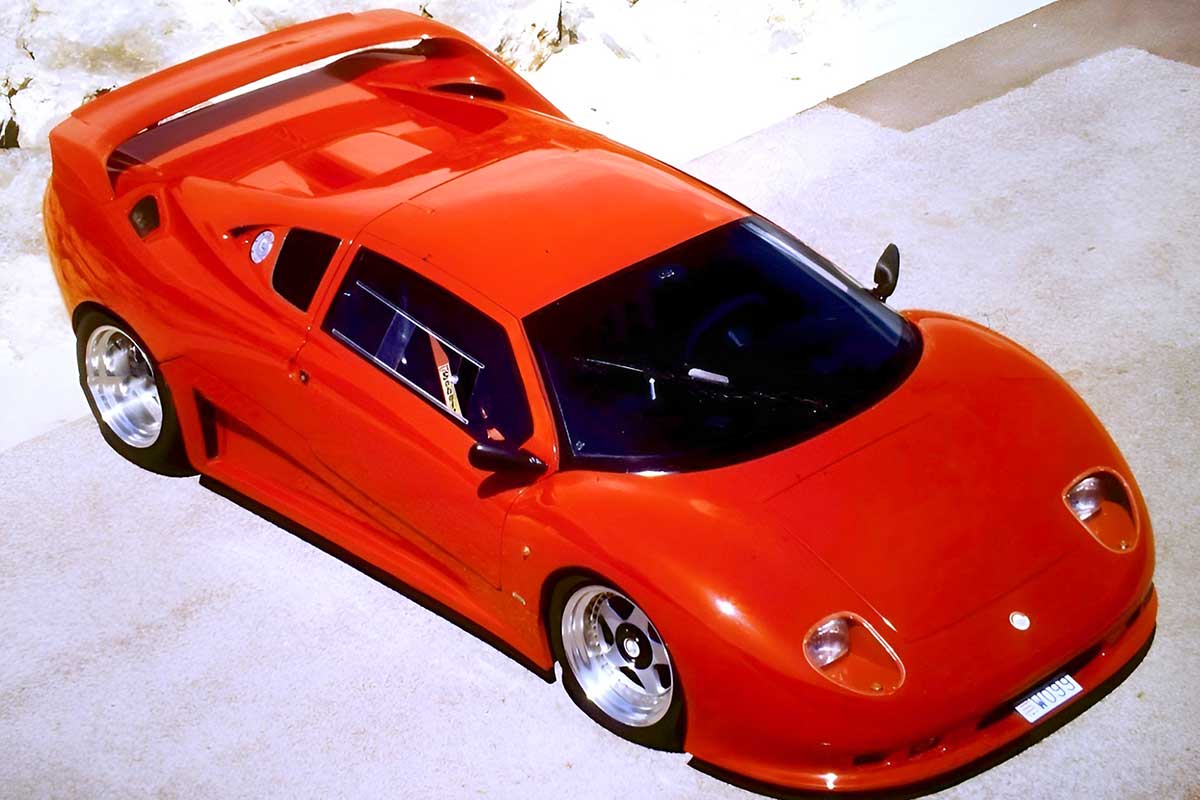
Fulvio Ballabio is an Italian driver and Monegasque resident, who started out in Formula Ford in 1978, then raced in F3, F2 and F3000 in 1985. In the second half of the 80s, he also competed in endurance racing at the 24 Hours of Le Mans and even in Championship Auto Racing Teams in the USA, while also taking part in offshore boat racing. But alongside his racing activities, Ballabio had another ambition: create Monaco's first sports car manufacturer and produce a top-level sports car, at a time when the supercar craze was sweeping the market and attracting considerable speculation. This was achieved in 1985 with the birth of Monte-Carlo Automobiles. To achieve this, he joined forces with the yacht company Monte-Carlo Marine. The goal? To launch the car in 1990, the centenary of the Automobile Club de Monaco.
Alfa Romeo DNA...
It's not a frivolous project, especially when you consider the engineers involved. As figurehead and technical director, we simply find Carlo Chiti, who worked for Ferrari at the turn of the 50s and 60s, before founding Autodelta, where he oversaw all Alfa Romeo's major sports programs between the mid-60s and early 80s. The 33 Stradale, the Giulia GTA, the 33TT12 prototype or the Biscione's F1 turbo engine, it's all him!
Chiti was joined by another designer, Guglielmo Bellasi, one of the pioneers of carbon fiber, who had built his own Formula 1 car in the early '70s and subsequently participated in Arturo Merzario's single-seater project. Other people involved include Pierluigi Corbari, former sporting director of Alfa Romeo in the 70s.
...crossed with Taurus!
Ballabio's other masterstroke was to reach an agreement with Lamborghini for the supply of engines, as he was unable to design an entirely new one. The bull granted him the license to use the Countach V12. However, Ballabio decided that his car had to be at the top of its class, outstripping the best of the day in terms of power.
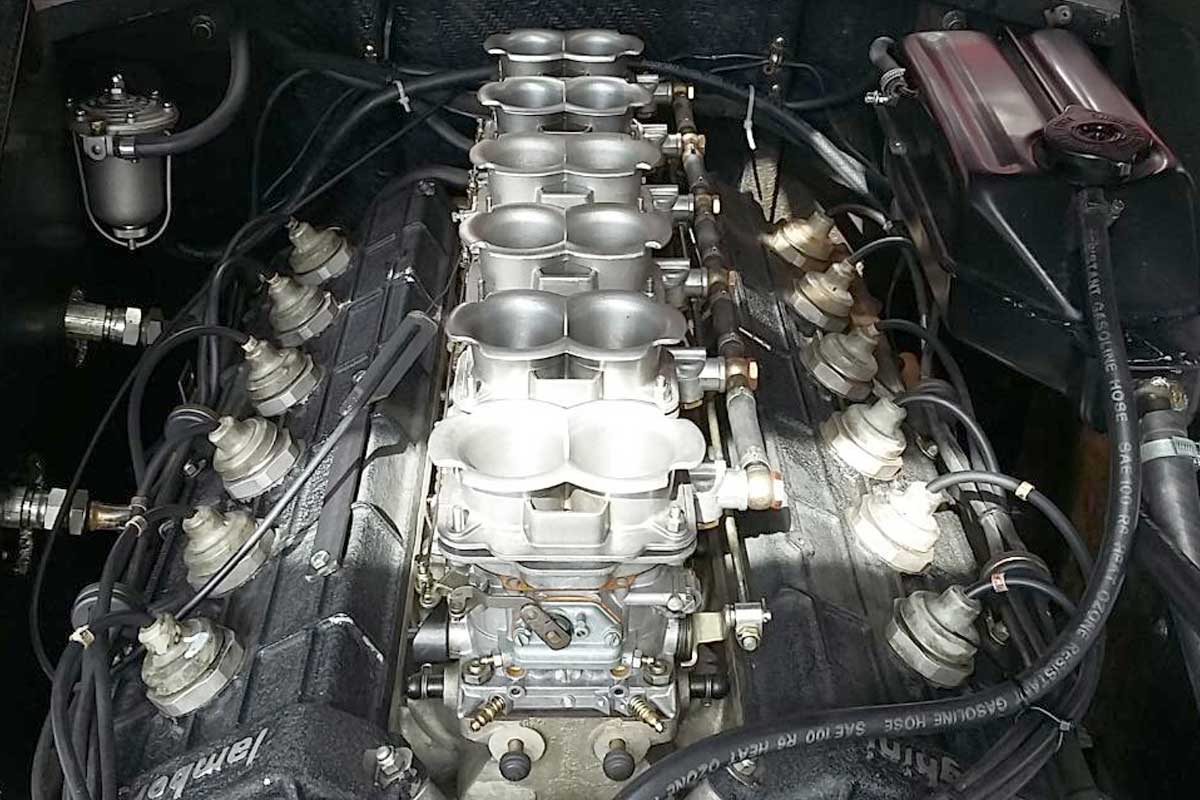
In 1985, engineer Chiti founded his own engine company, Motori Moderni, which didn't leave a lasting impression in F1 with Minardi and then Coloni, where he developed a huge in-line 12-cylinder rebadged as a Subaru! Chiti decided to revisit the Countach engine by upgrading the naturally-aspirated V12 to supercharging, via the installation of two turbochargers, one per cylinder bank: as a result, horsepower rose from 455 to 720. Thanks to these interventions, the GTB Centenaire could count on the most powerful engine ever conceived for a road car. Only in 1993 did the Dauer 962 Le Mans go one better, with 730 hp. The engine transmitted power to the rear wheels via a 5-speed manual gearbox.
A pioneer!
But this Centenaire's secret weapon was her chassis. Monte-Carlo decided to adopt competition-derived technologies, using Kevlar and carbon fiber, with a honeycomb structure, all in one piece, i.e. monocoque. When the Centenaire arrived in 1989, it was the very first road car to feature such technology, hitherto tried and tested only in F1. Lamborghini had experimented with the process on a concept car, the 1986 Countach Evoluzione, but this never led to production. The McLaren F1 arrived in 1992, and it was not until 1995 that Ferrari, with its F50, offered its first monocoque sports car. To complete the job, the technicians also used an F1-type suspension configuration, namely a low-rod wishbone (still used in Formula 1), with an anti-roll bar.
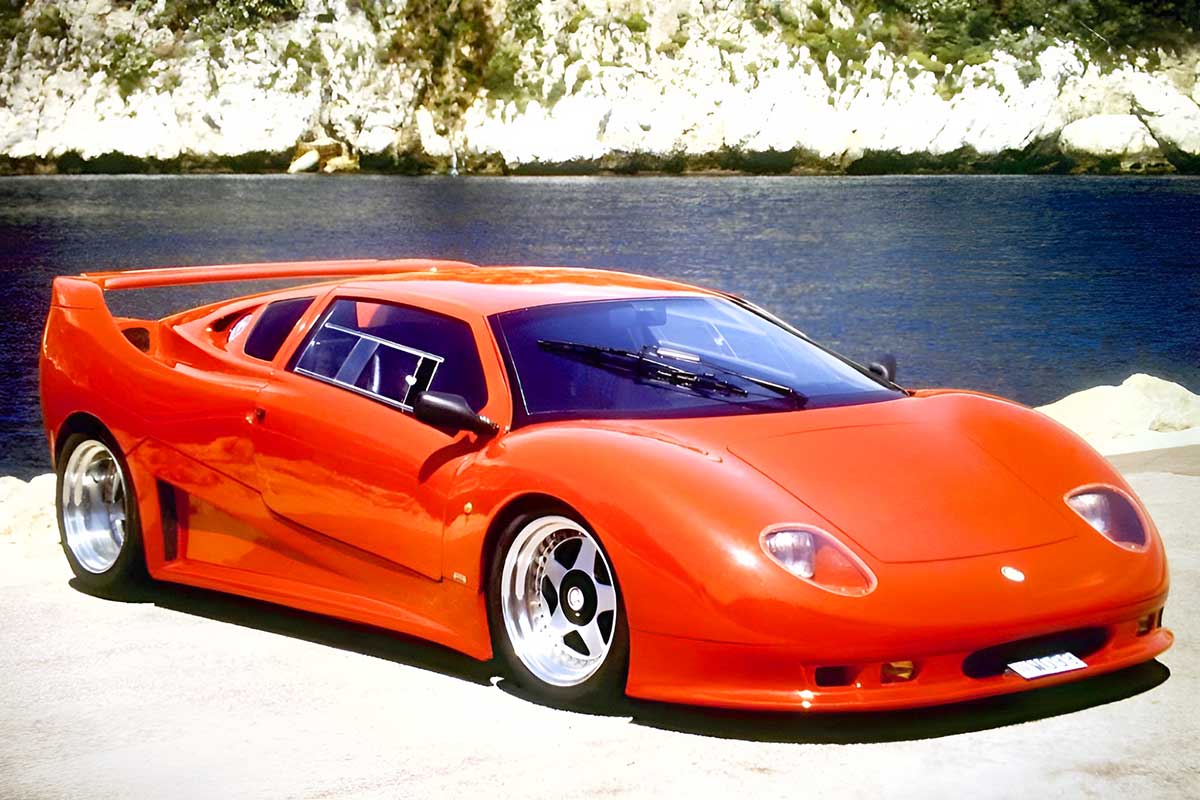
In all, five years of design and development were required to produce a chassis with torsional and flexural rigidity to match the engine. The engine was mounted in a central rear position, allowing optimum weight distribution, concentrated in the center of the chassis.
The aerodynamic profile was spectacular, slender as a warhead.
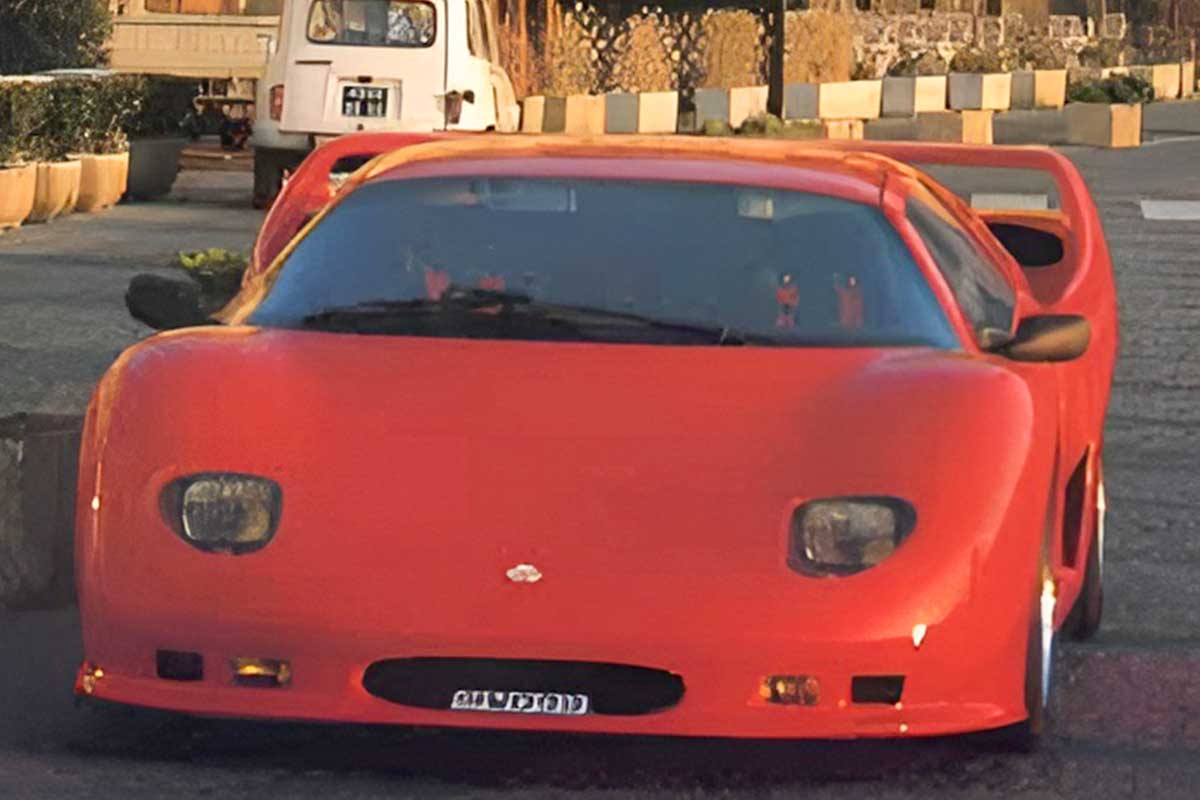
The car resembled a Lamborghini, especially in profile, but with more rounded, flowing lines, giving it a successful futuristic look. Its slender nose pointed towards the asphalt, giving it an excellent aerodynamic penetration coefficient. The one-piece rear spoiler, extending in line with the bodywork, is reminiscent of the F40 and other Venturis.
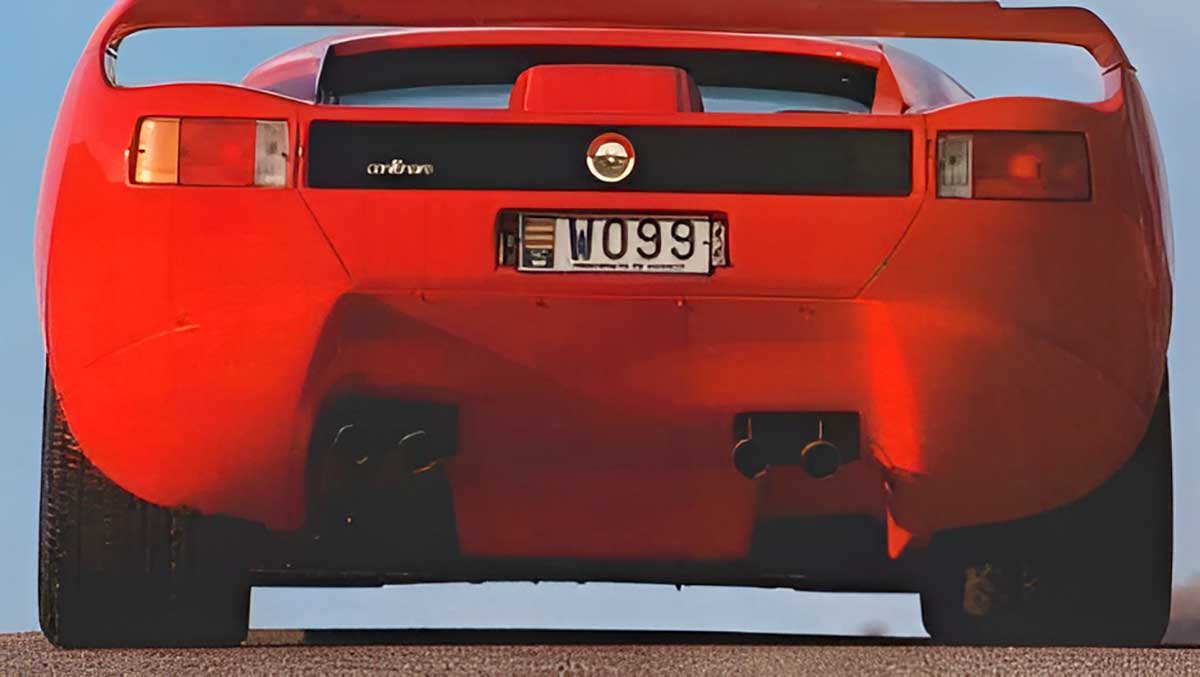
Very confidential
The first two Centenaire prototypes were presented to Prince Rainier of Monaco in 1990, as hoped. A hundred examples were planned, but only five were built in the end. The economic recession at the beginning of the decade had a severe impact on the sports car market, while the sophisticated technologies and artisanal production methods made this Centenaire very expensive. One model is currently on sale for €999,999 on lesanciennes.com.
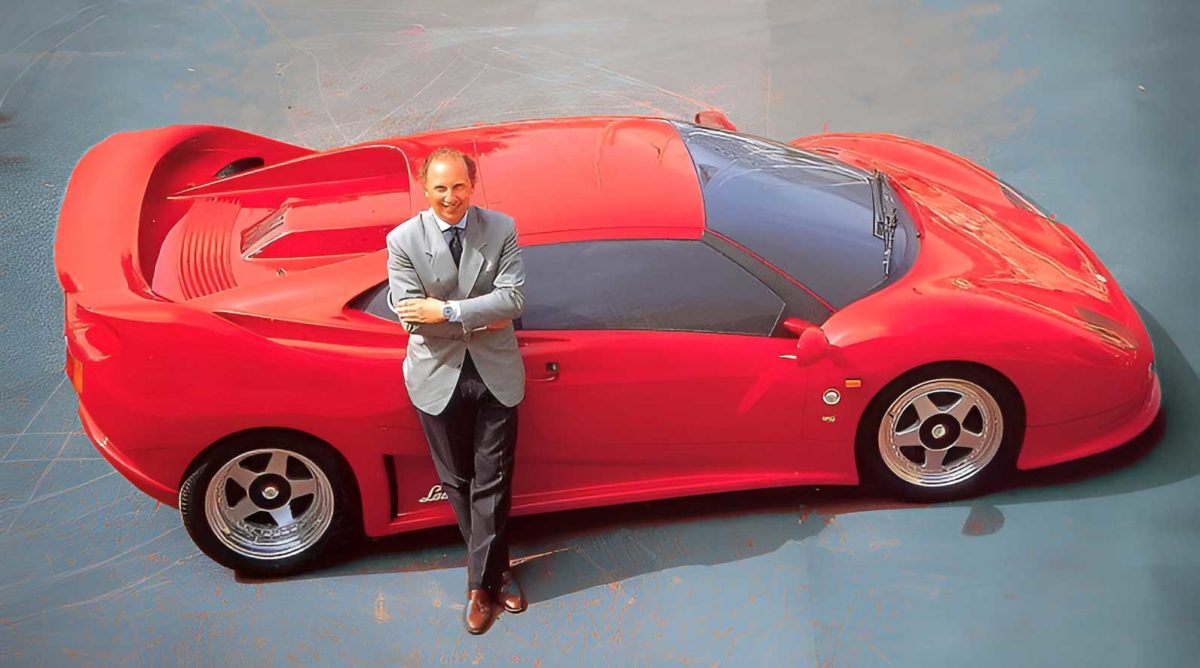
Over the following years, only a few examples were presented, modified on the basis of unsold GTB Centenaires, including a spider version called "Beau Rivage". In 1993, they were taken over by a Georgian businessman who had them transformed into two GTs destined for the 24 Hours of Le Mans, called MIG 100. In 1995, Montecarlo Automobile was taken over by the Aixam Mega group, which marketed a number of cars derived from the Centenaire, called Mega Montecarlo, powered by Mercedes V12 engines. Even so, production did not take off, and the company changed hands again, returning to its founder and a team of Italian collaborators, who would return in the 2000s and 2010s with new projects.
